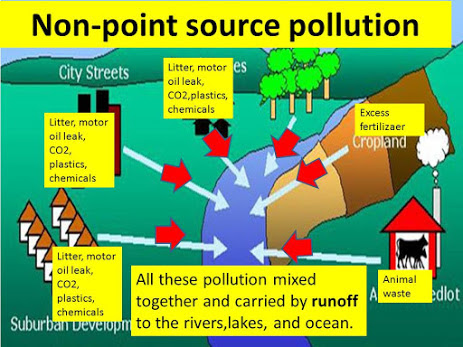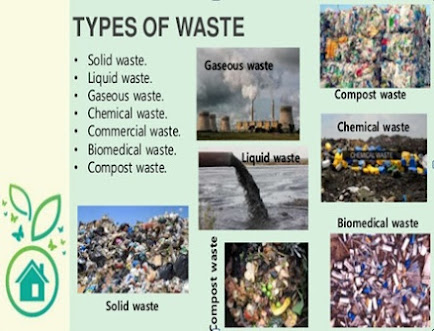The major sources of noise pollution are as
following:
1) Industrial
Sources
2) Transportation Noise
3) Domestic Noise
4) Noise from the leisure activities
1) Industrial Sources:
Industries are a big source of noise pollution both
for inside workers and for the neighboring communities. In many areas of the
world, the industries are isolated and separated to avoid noise pollution. The
grinding machine, crushing machines, steam pressure release valves, and many
other processes produce noise levels greater than 85 decibels (dB).
2) Transportation Noise:
Following are the sources of noise pollution in the
transportation sector.
a) Road traffic
Noise
b) Rail Noise
c) Aircraft Noise
a) Road traffic
Noise:
It is the collective sound energy emanating from
vehicles. It includes the running engine noise and friction of wheels. The
noise of rolling tires driving on the pavement is found to be the biggest
contributor to highway noise which increases with higher vehicle speeds.
b) Rail Noise:
The rail traffic noise is produced by the movement
of the rails, especially the high-speed rails that produces a high level of
noise. The rail noise is the specific problem at the stations and the
neighboring community.
c) Aircraft
Noise:
Aircraft landing and fly off produce a high-level
noise. The main mechanism of noise generation in the early turbojet aircraft
was the turbulence created by the jet exhaust mixing with the surrounding air.
The noise source has been significantly reduced in the modern turbo-fan engines
which surround the high-velocity jet exhaust with a lower velocity airflow
generated by the fan. The fan itself can be a significant noise source,
particularly during landing and taxiing operations.
3) Domestic Noise:
The use of domestic appliances (vacuum cleaners,
washing machines, lawnmowers, etc), systems for music reproduction , TV sets,
or hobby activities can be the major sources of domestic noise.
4) Noise from the leisure activities:
Various leisure activities can be a source of noise for others. For example, loud volume music or some games that create noise.
Measurement of Noise:
The noise level can be measured by using different
meters.
1- Sound Level
Meter (SLM)
2- Integrated Sound Level Meter (ISLM)
3- Noise Dosimeter.
 |
| Sound Level Meter |






























